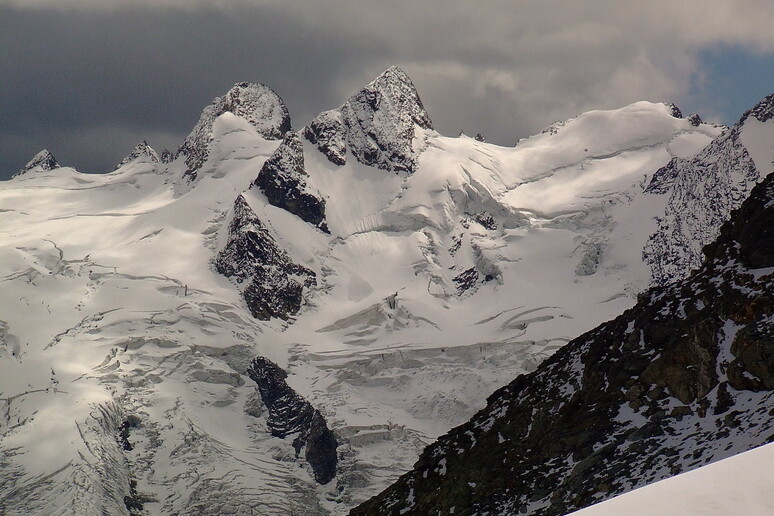Global warming in the Alps is
proceeding almost twice as fast as the global average: a process
with impactful consequences that finds a precedent in the
opposite direction in the last glaciation. A study conducted by
the University of Trieste and published in the international
journal "Climate of the Past" estimated that between 26,000 and
21,000 years ago, the climate of the Alps had experienced
cooling values almost double the global scale, confirming the
Alps as a hotspot of climate change.
The equation used to reconstruct the paleoclimate also offers
insights concerning the future. Led by Costanza Del Gobbo, the
study took four years to complete, was funded by the
International Center for Theoretical éhysics, and was supervised
by Nobel laureate Filippo Giorgi (ICTP), among others.
During the Last Glacial Maximum in the Alps between 26,000
and 21,000 years ago, glaciers pushed into the foothills plains.
A regional climate model developed by the ICTP grafted onto the
paleoclimatic model of the German Max Planck Institute was used
in this work.
In particular, the study reconstructed the glacial
equilibrium line during the LGM, comparing it with
pre-industrial levels in the early 1800s. The results - the
university explains - were able, for the first time, to find
excellent consistency with geomorphological and geological
evidence on the ground and show that the climate of the Alps
was, on average, 6.8°C colder than pre-industrial levels (about
9°C colder than today) and particularly in the eastern sectors.
Annual precipitation was about 15% lower.
The decrease was down 7.3°C in summer compared to
pre-industrial levels (almost 10°C less than today's summers).
These conditions allowed recurrent snowfall of around 1,000
meters in summer, while the plains of northern Italy were
covered with snow from November to May.
Summer was the wettest season, whereas winter was likely
frigid and dry. Only in the southern sector of the Alps were
precipitation events frequent in winter, mainly snowfall down to
the plains.
ALL RIGHTS RESERVED © Copyright ANSA





